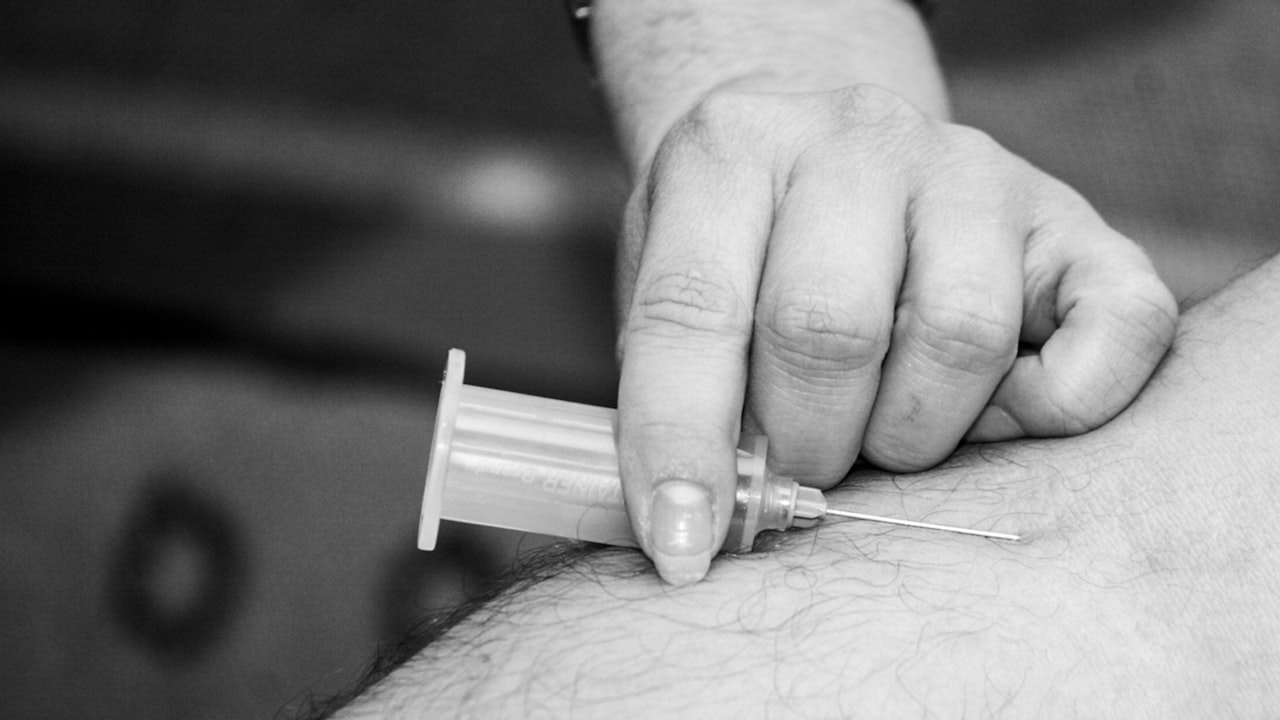Title: Designing Efficient Injection Molds for Plastic Manufacturing
Injection molding is a widely used manufacturing process in which molten material, generally plastic, is injected into a mold cavity. This process requires the use of an injection mold, a specially designed tool that shapes the material into the desired form as it cools and solidifies. The efficiency of the injection mold plays a crucial role in the overall quality and cost-effectiveness of the manufacturing process.
In the competitive landscape of the injection mold industry, injection mold factories and suppliers strive to design and produce molds that are not only cost-effective but also efficient in terms of performance and durability. These companies employ advanced technologies and techniques to ensure that their injection molds meet the exacting standards of modern manufacturing.
One key aspect of designing efficient injection molds is the utilization of computer-aided design (CAD) software. CAD allows engineers and designers to create precise 3D models of the mold and simulate its behavior under different operating conditions. This allows for the optimization of the mold design before it is physically produced, reducing the risk of errors and ensuring a high level of accuracy in the final product.
Another important consideration in injection mold design is the choice of materials. Injection molds are typically made from steel or aluminum, with each material offering its own set of advantages and limitations. Steel molds are known for their durability and precision, making them ideal for high-volume production runs. On the other hand, aluminum molds are lighter and more cost-effective, making them a popular choice for prototyping and low-volume production.
Additionally, the cooling system of an injection mold plays a critical role in the efficiency of the manufacturing process. Proper cooling is essential to ensure that the molded part solidifies uniformly and without defects. By strategically designing the cooling channels within the mold, manufacturers can optimize the cooling process and reduce cycle times, ultimately improving productivity and reducing production costs.
In conclusion, the design of efficient injection molds is essential for the success of plastic manufacturing processes. Injection mold factories and suppliers must leverage advanced technologies, choose the right materials, and optimize the cooling system to achieve high-quality, cost-effective molds that meet the demands of modern industry. By focusing on efficiency and innovation in mold design, companies can stay competitive in the dynamic and demanding field of plastic manufacturing.

 Title: Design Innovations in Injection Molds: Enhancing Quality and Efficiency
Title: Design Innovations in Injection Molds: Enhancing Quality and Efficiency Title: Designing High-Quality Injection Molds: A Comprehensive Guide
Title: Designing High-Quality Injection Molds: A Comprehensive Guide